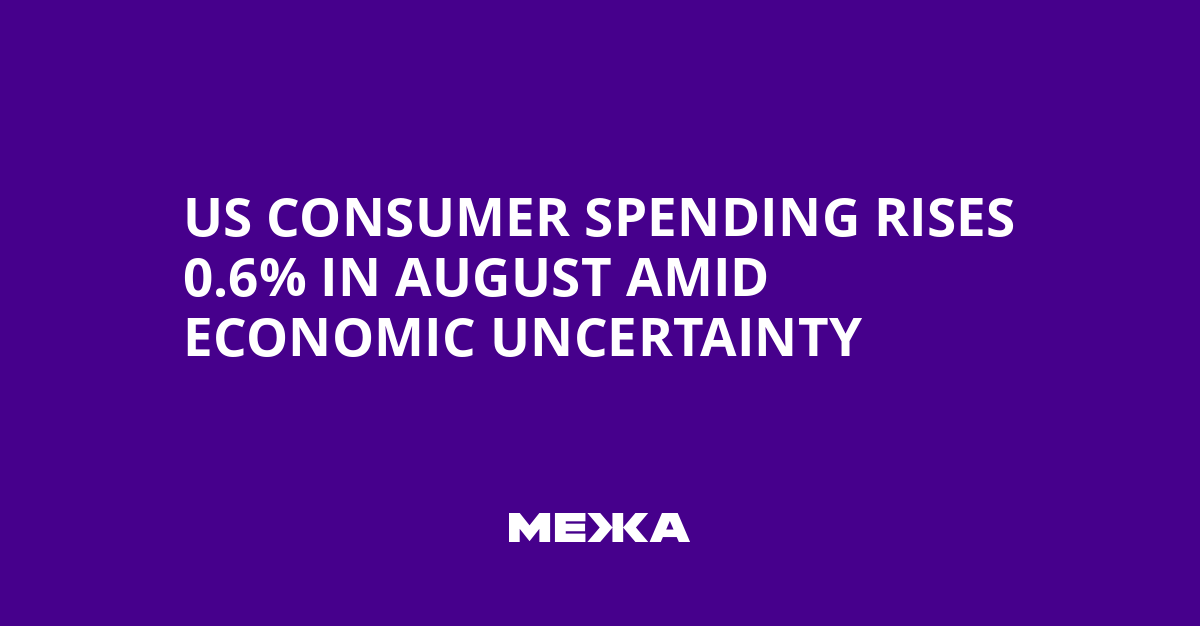According to the U.S. Department of Commerce, household spending in August rose by 0.6%, indicating relatively resilient demand despite rising prices and broad economic uncertainty.
In the same month, retail sales also jumped by 0.6%, underscoring that consumer spending remains one of the main engines of the economy’s growth. The revised gross domestic product estimate for the second quarter shows the fastest growth in nearly two years, fueled by strong consumer demand.
Despite these signals, consumer sentiment remains unsettled: the University of Michigan’s Consumer Sentiment Index fell to 55.1 – the seventh-lowest reading in many years, reflecting rising prices and concerns about the future.
Key factors and risks
The economy continues to ride on household spending, which makes up a large share of GDP. However, rising inflation, slower wage growth, and higher costs are weighing on consumer demand and expectations.
A CNN/SSRS poll shows that the economy remains the most important issue for Americans, and inflation rose to 2.9% in August, pushing up living costs and fueling concerns about family welfare.
The administration’s tariff policy continues to be a pressure point: there have been promises of new tariffs on pharmaceuticals, furniture, trucks, and cabinets, which could raise costs for businesses and consumers.
Labor market signals also reflect a shift: overall employment is rising more slowly than before, and certain groups of the population face greater inequality. If the pace of job growth slows or the gains falter, the overall balance could change.
A gloomy mood sharply contrasts with the encouraging data.
– Oren Klakhkin, economist at Nationwide Financial Markets
Meanwhile, markets have jumped to record highs, creating a sense of invulnerability among investors, but analysts warn: excessive stock valuations could trigger a correction if earnings prospects do not live up to expectations.
Consumer spending indicators were well above expectations, likely due to higher consumer incomes. But these are expenditures. So I believe the economy is moving ahead.
– Jerome Powell, Chair of the Fed
Despite the challenges, the American economy continues to perform its basic function: supporting demand and creating jobs. If spending growth remains moderately restrained and consumer demand holds, growth could stay around 4% in the current period, but this depends on monetary policy and global conditions.

